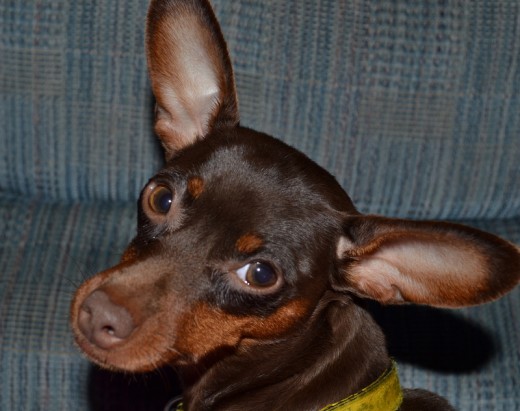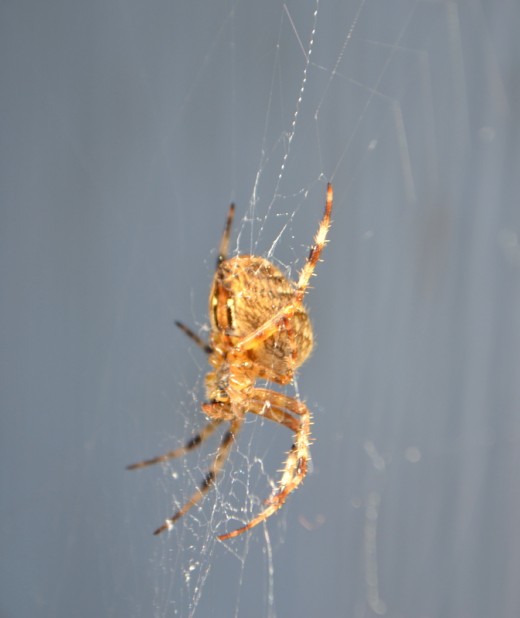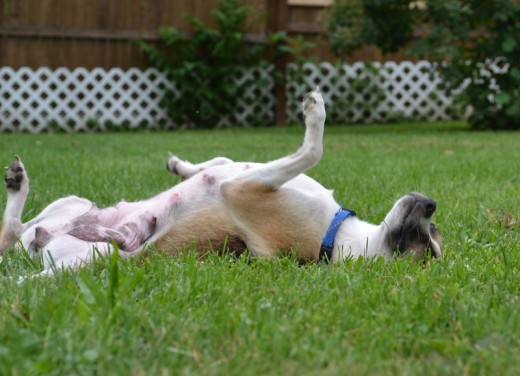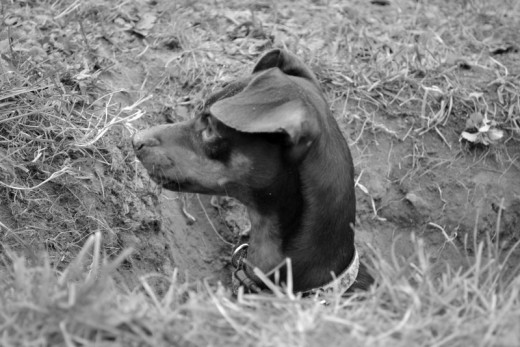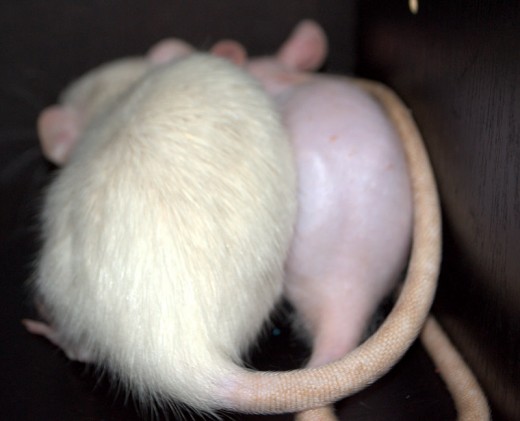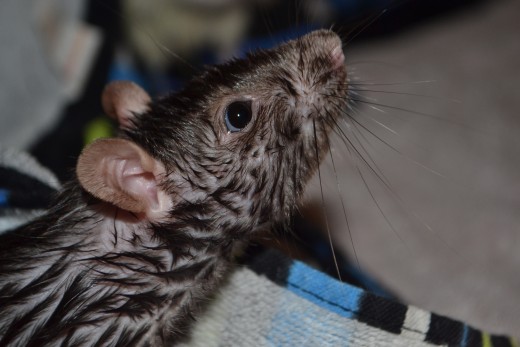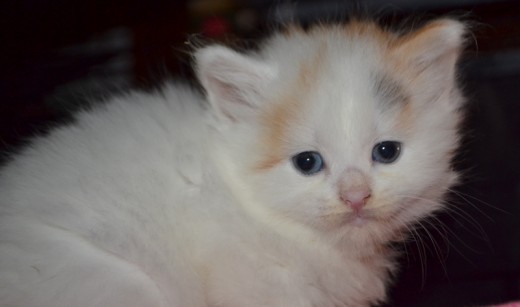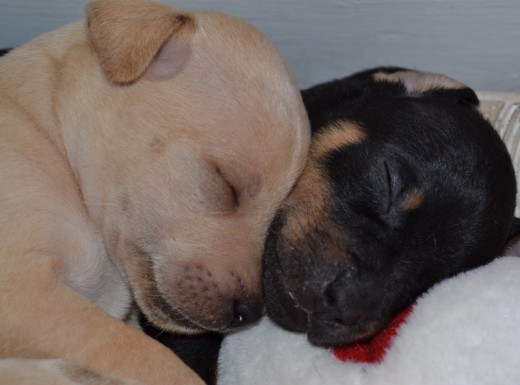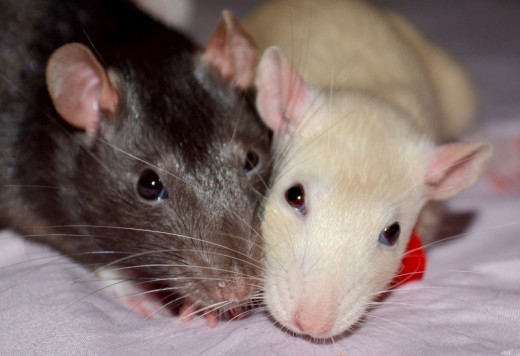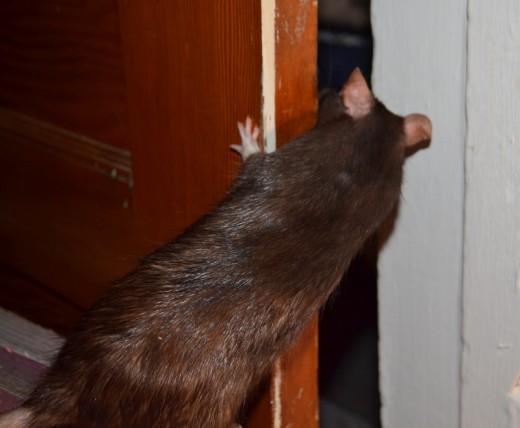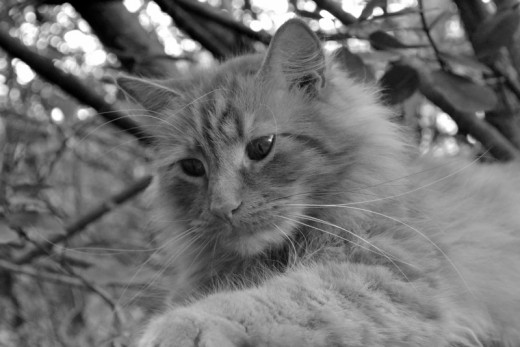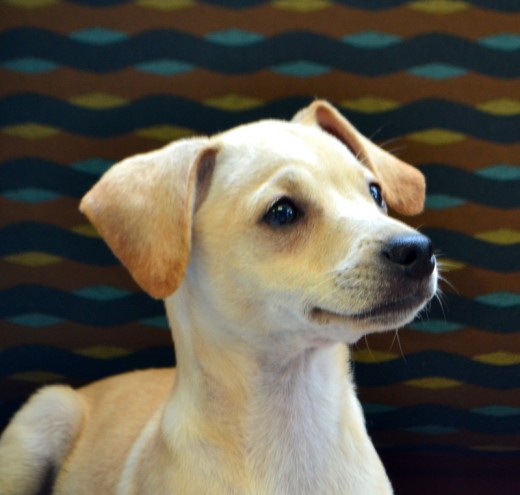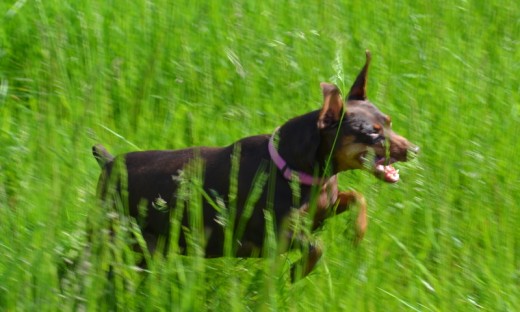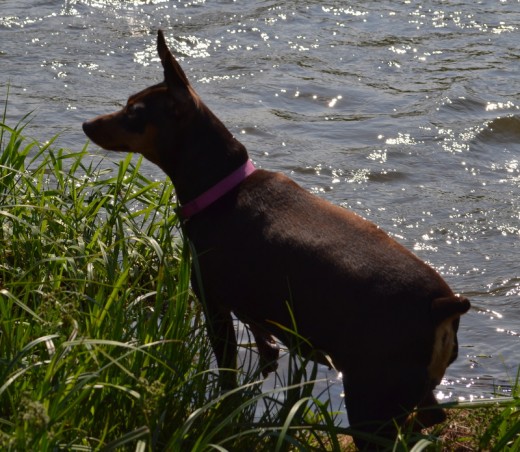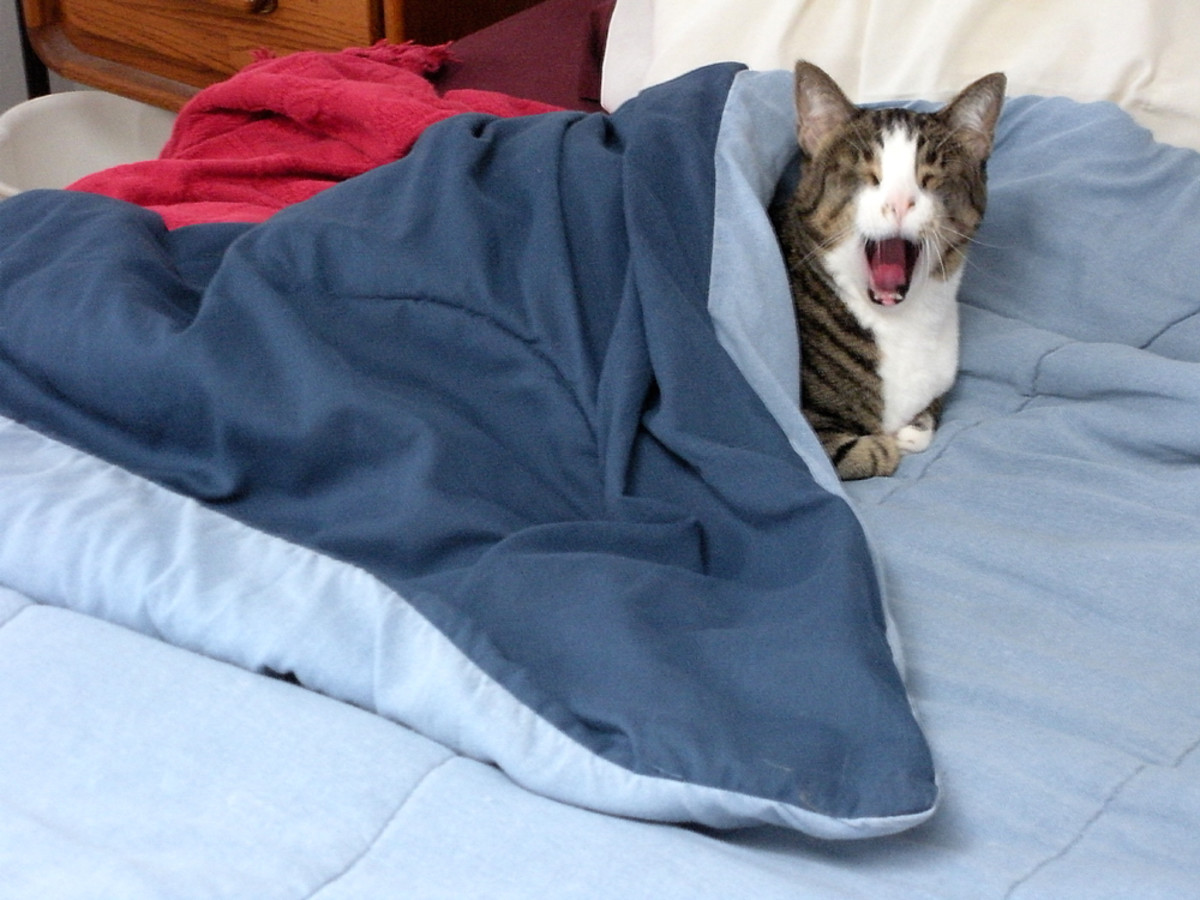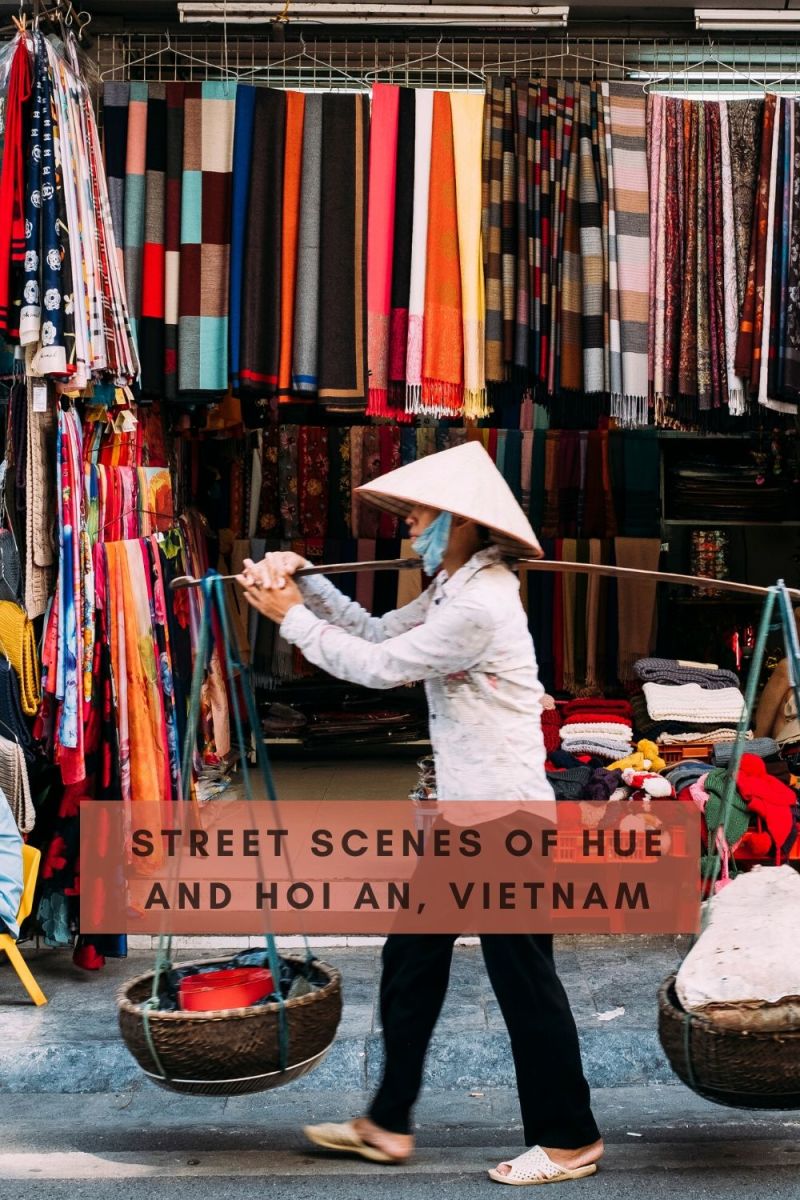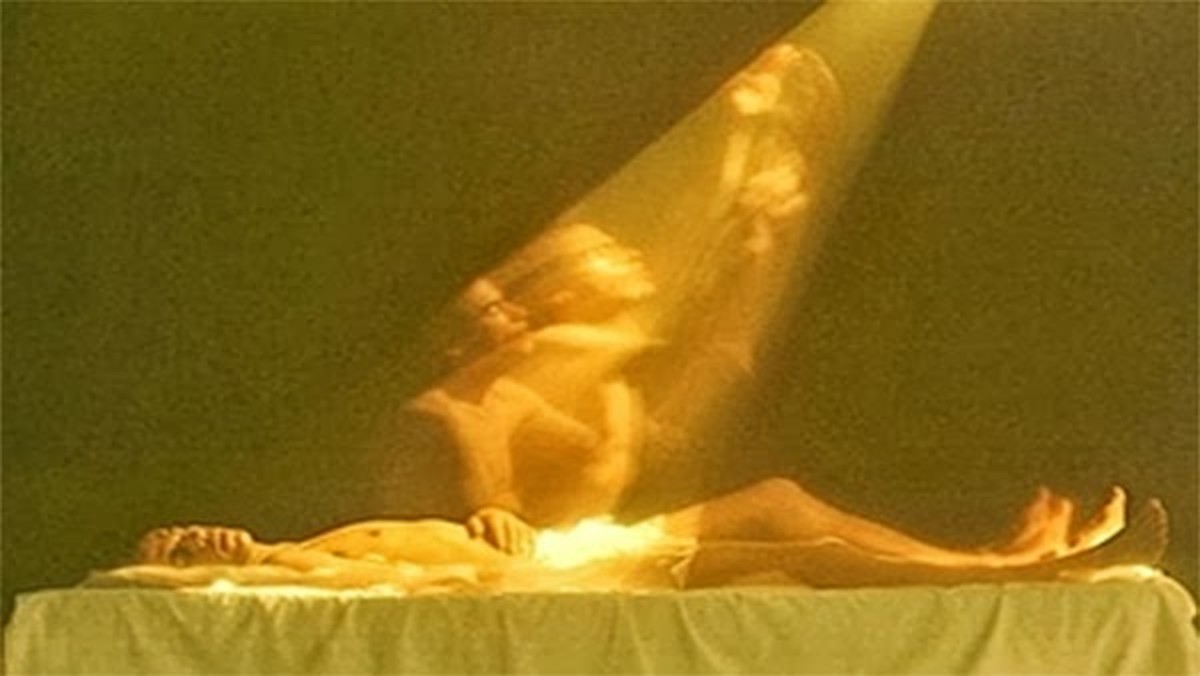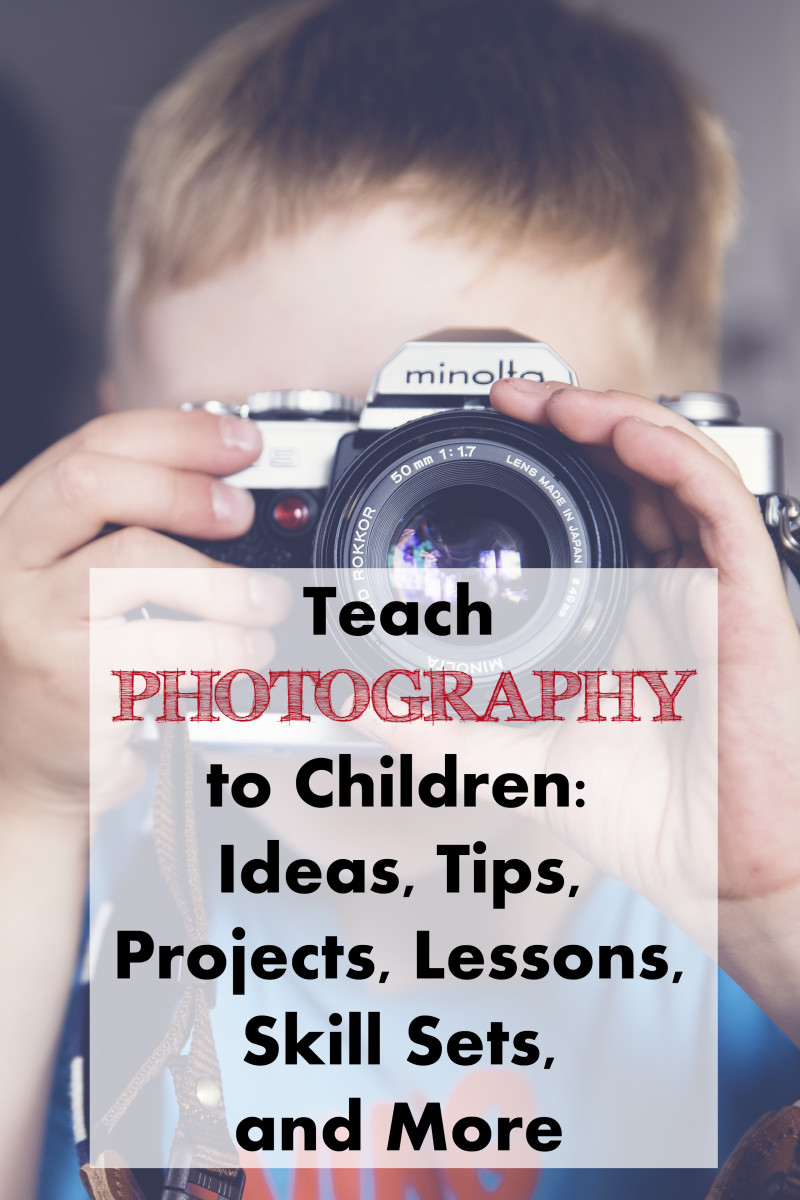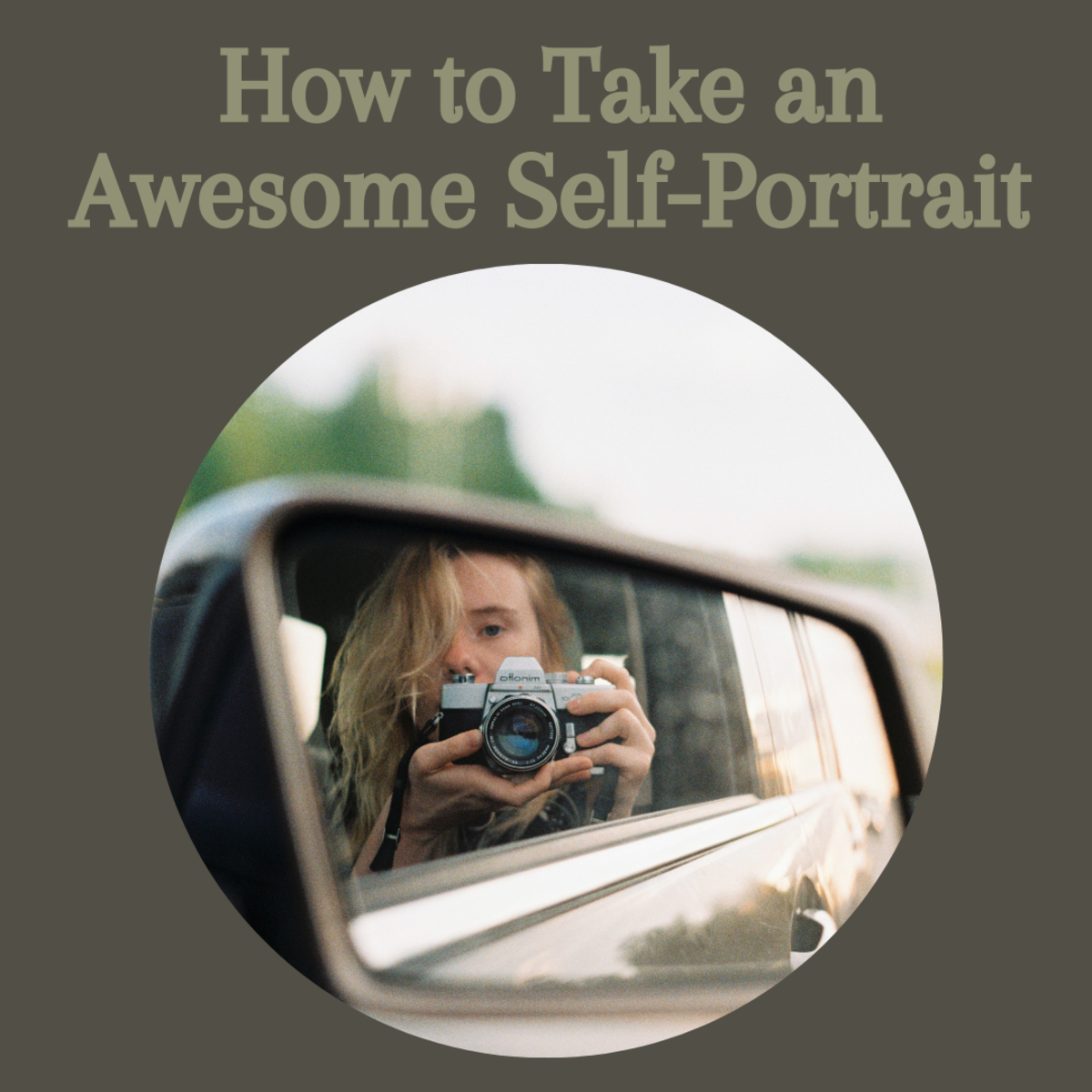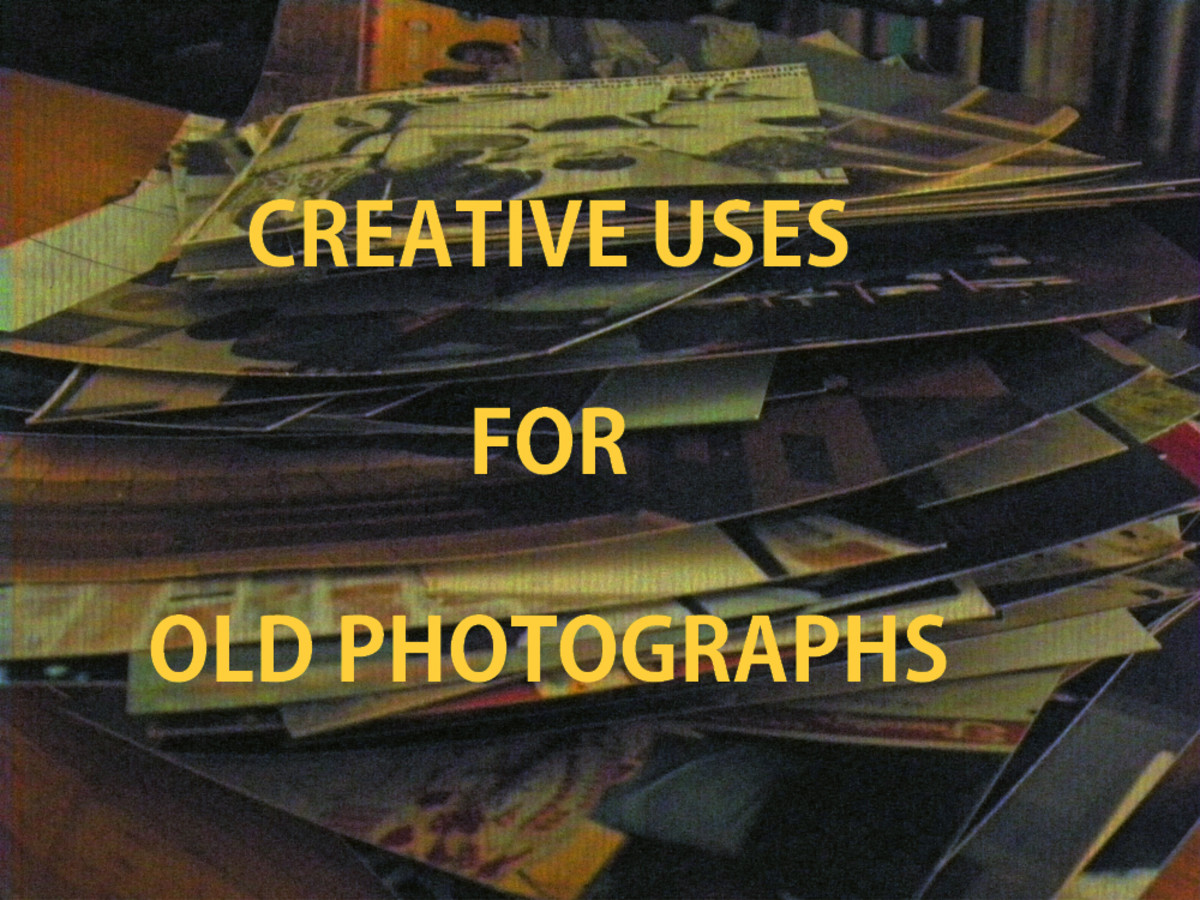Candid Pet Photography
Pet photography
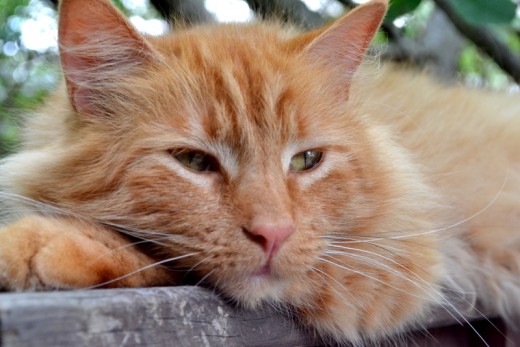
Tips and Tricks
Read my tips and tricks for perfectly adorable candid pet photography,below!
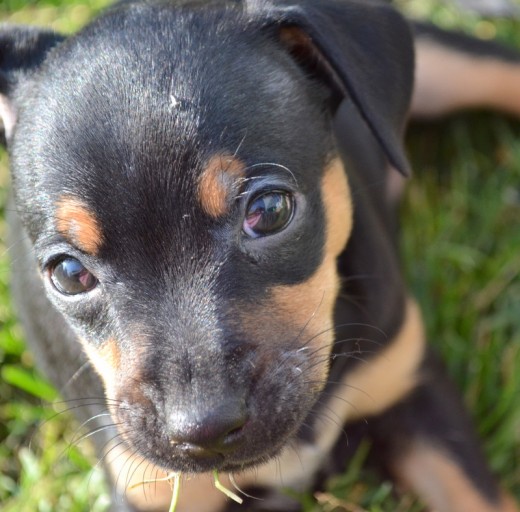
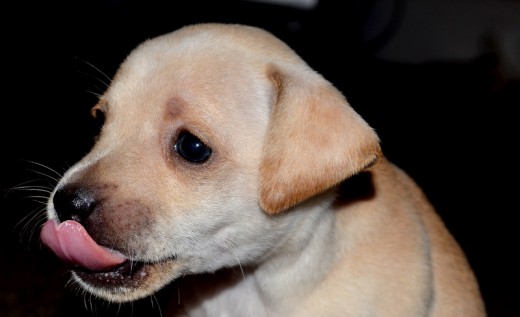
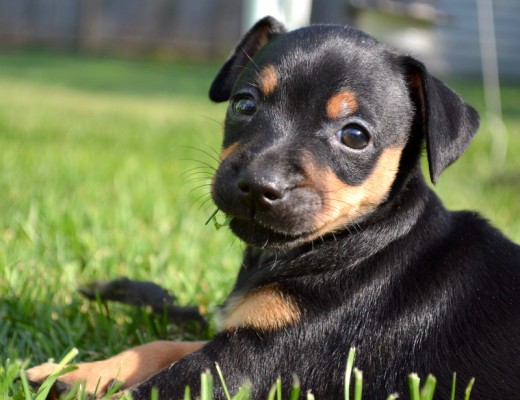
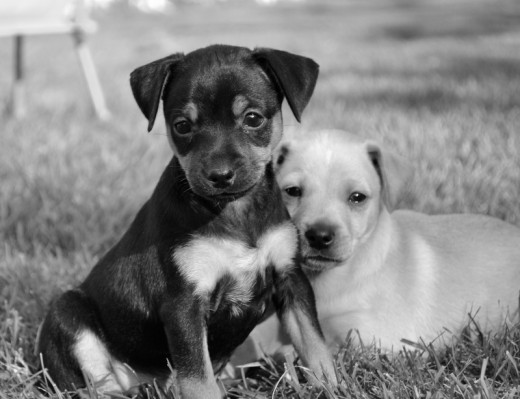
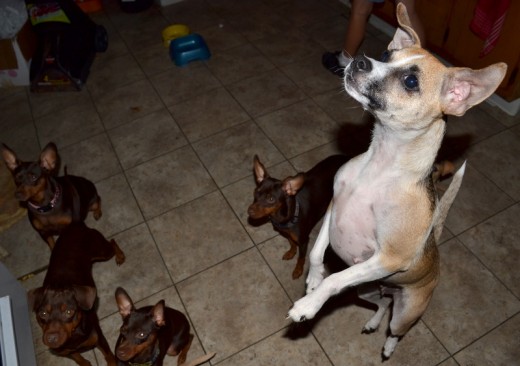
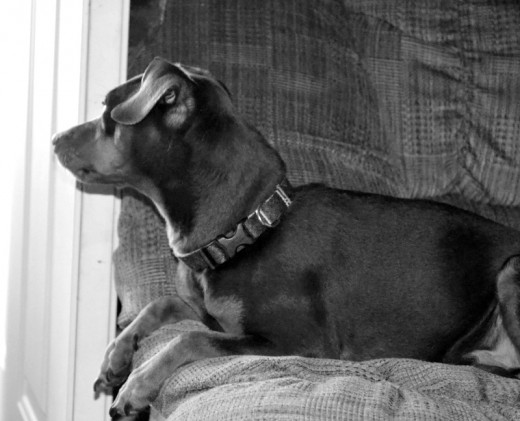
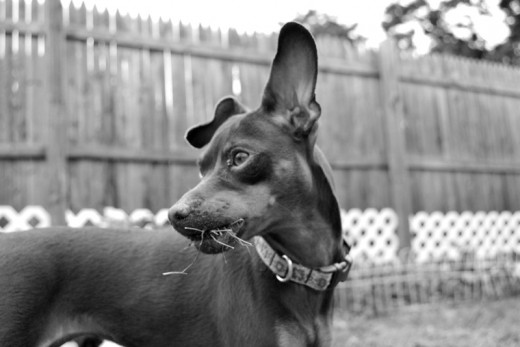
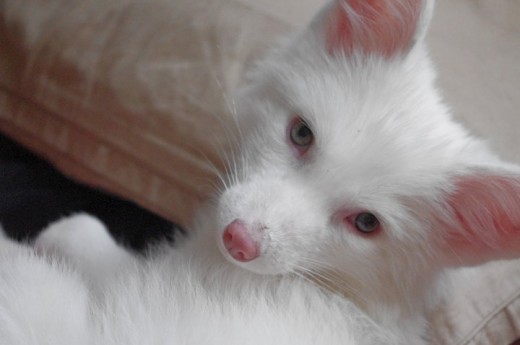
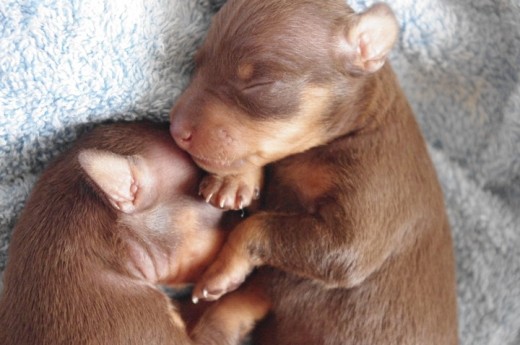
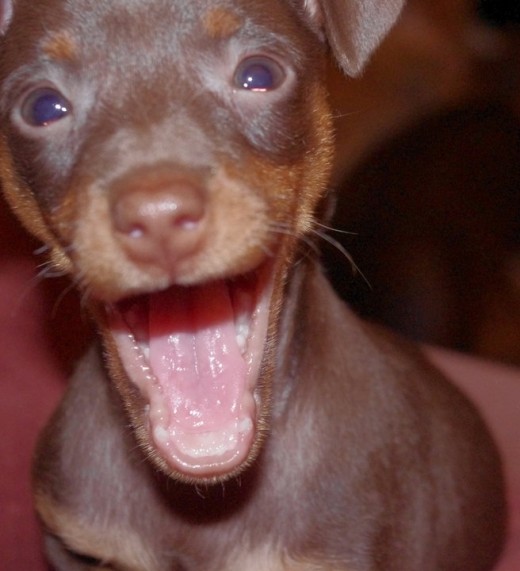
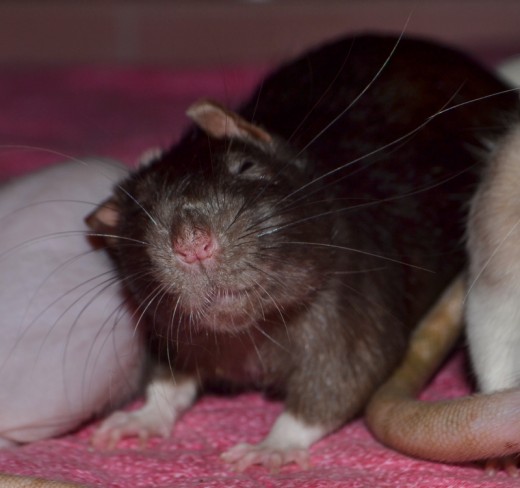
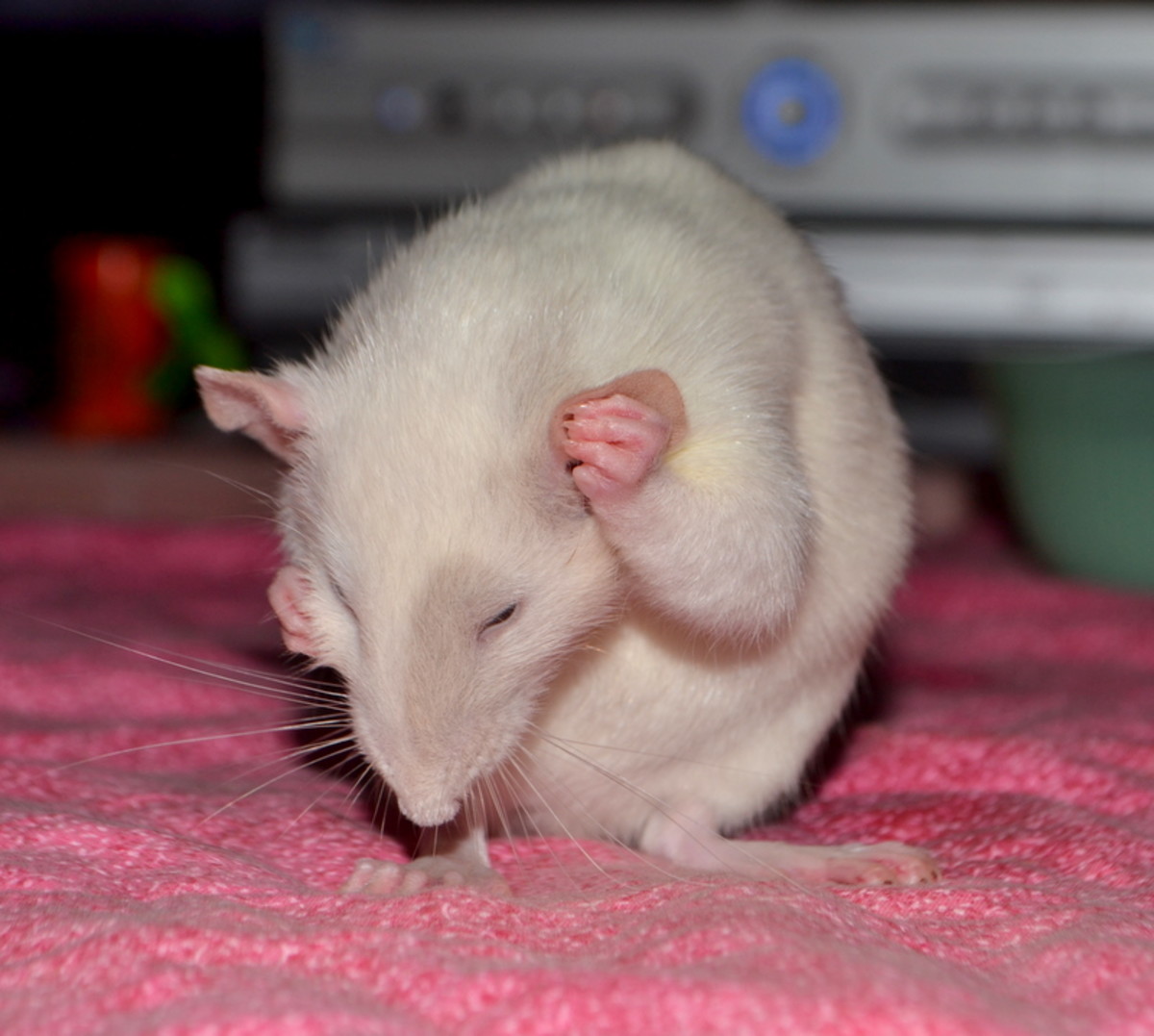
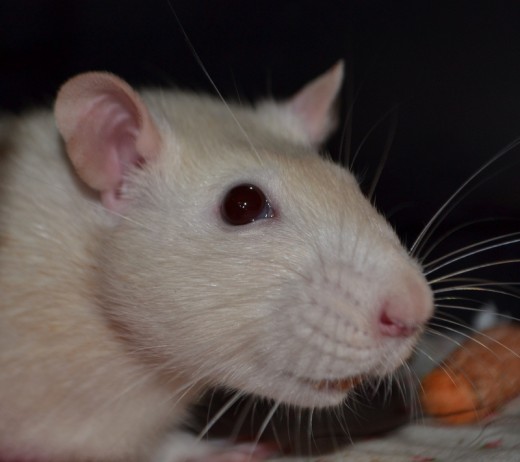
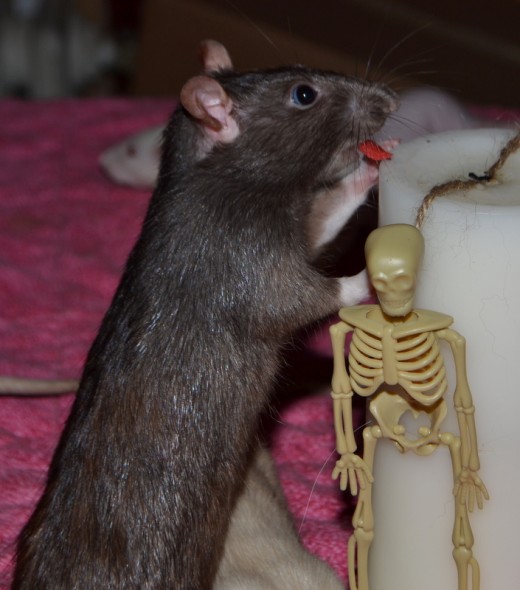
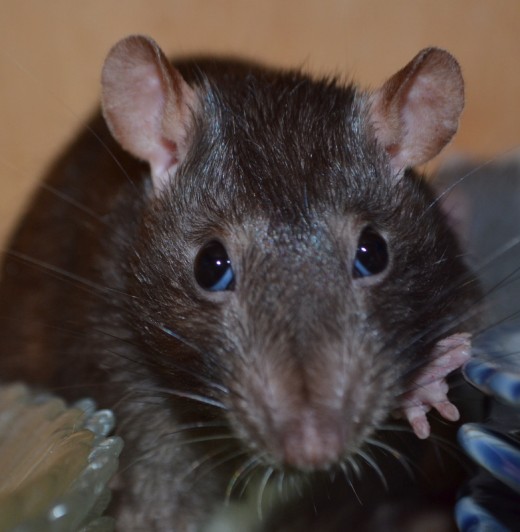
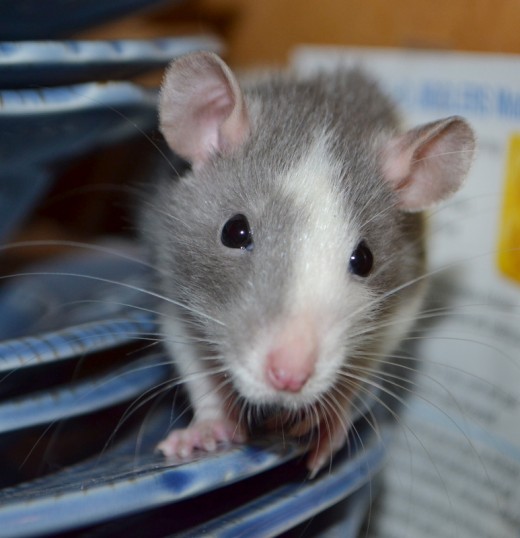
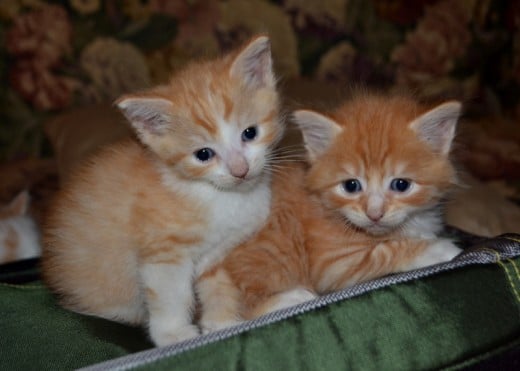
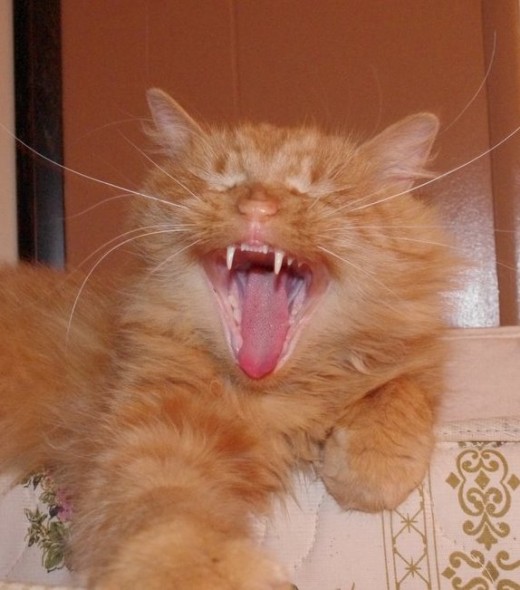

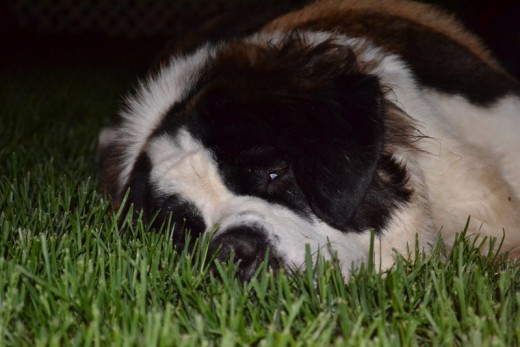
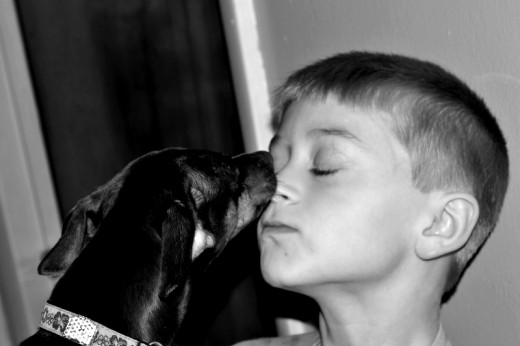
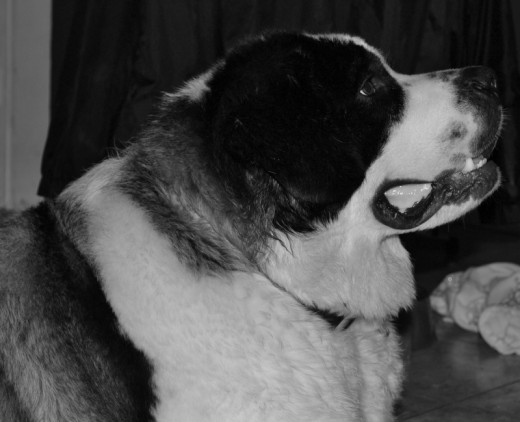

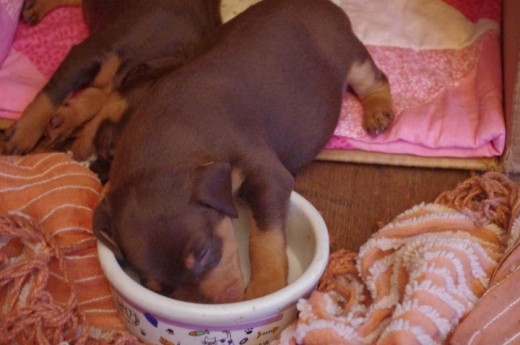
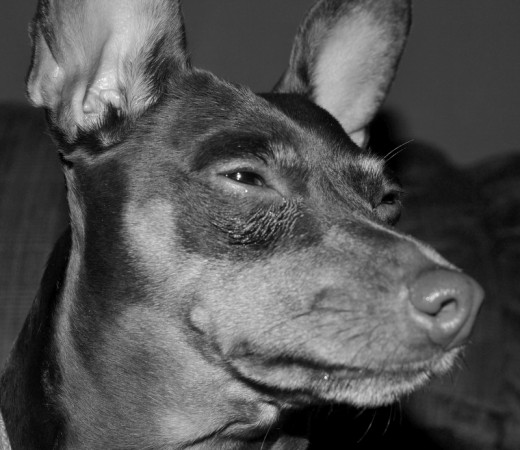
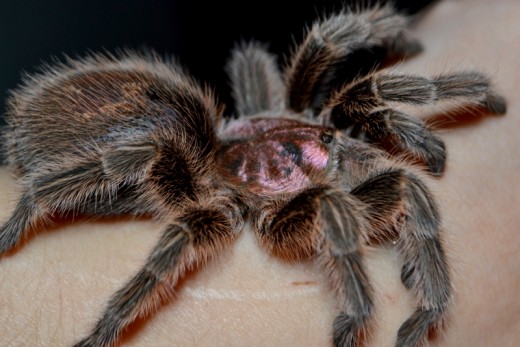
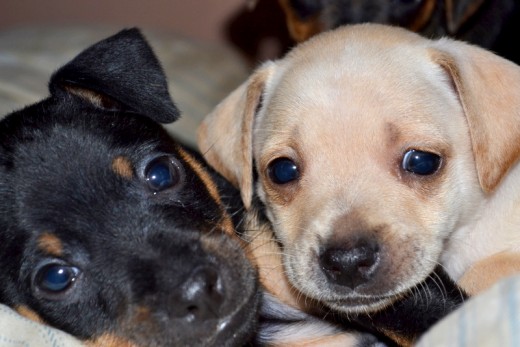
Getting the PURRRFECT shot of your pets!
The key to getting shots like these,is patience, patience, patience! That's the most important part. Having a good camera, while also important, it doesn't necessarily need to be "top of the line". Most of these photos were taken with my Nikon D-3100. It's a nice DSLR camera, but isn't the top of the line either.
You really need to "set up shop", in a central area,where your pets are. Meaning, you have your camera ready, in you hands, and when the opportunities come in your cameras range, you start shooting. You also really need to be able to get into some odd, sometimes even uncomfortable positions. Getting down on the floor, on your knees, and even lying flat on the floor or ground, will help you get some great shots. Many the times where I've gotten dirty, crawling in the grass and dirt, to get great shots of my pets.. Being on their level, will prevent those "up above" shots, that look ordinary,and everyday,from the typical "human hovering over pet type shots". Getting on level with your pet, is extremely important. That's when you not only get straight on, close-up shots,but you'll get photos where you see into the life of your pet, from their angle!
Back to patience. Yes, unfortunately sometimes you have to go at it for over an hour or more, to get some good shots. Sometimes you can get them right off, sometimes not. That also brings me to another important part, perhaps one of the most important tips. You must take many shots, to get one good one. What that means is that you may take 100 pictures, and only get a few that are stellar. Snap away! Don't think that you can only snap a picture when everything is just perfect, and on target. You should keep snapping throughout the session, and go over your photographs later. You can always delete the bad shots, but you can't get back that perfect, candid, unexpected shot that ends up being an amazing photo! Take pictures as you go, as you move, as your pets move around, it's important that you keep shooting, as you'd be surprised that certain shots you would think isn't one you'd normally take a snap at, ends up being a winner! A good example of that is my photo above where my Chihuahua mix, Permelia, is jumping up above the rest of the dogs, to get her treat first. A unique shot that normally I would have not taken, if I were waiting for "that perfect shot". Another example is of my rat, Adeline,the black colored one, where she looks like Rocky Balboa, mid-punch. It's looks like she's being slapped in the face, and it was caught in the picture. Truth is, she was in mid-sneeze, and it ended up looking like a really cool shot of her, allowing the viewer to take from the photo what they may.
Lighting is of course, another important aspect here. Yeah, you have a flash built in to your camera, but that isn't always good enough. Now obviously, the outdoor, natural sunlight is the very best way to capture true colors, and vibrancy. When I'm photographing my rats for instance, I have a couple portable and clip on lamps that you can find at any home décor or related store, such as WalMart. I clip them onto the table I'm shooting the ratties at and/or prop a small lamp on a box or table right near by. The more light, the better. But, you need to watch your angles, because you don't want to cast a shadow on the photo, because you are standing in the lights path.
Another important point here is what type of animal you are shooting. There's no doubt that some animals are easier to shoot than others. For instance, my pet tarantula, obviously an animal (or arachnid), that doesn't jump around, and isn't running all over the place. She won't move for 10 or 15 minutes at a time sometimes. That makes it easy to get the type of photos you want, from the angles you want. That being said, after so many shots from different angles and on different props and such, your photo's range of interest, will start to wane, because there's only so many different shots you can get of an animal that doesn't move much, and has no visible facial expressions. These types of animals make for great study-type photos, and matter-of-fact type photos.
So let's talk about a pet that is much more commonplace for people own, and want to photograph; dogs. There's so many variables with dogs, everything from personalities, breed-type, age, and surroundings, to their ability to pause now and again, and change facial expressions (yes dogs have different facial expressions). My Miniature Pinschers are a toy breed, but also a terrier breed. Thus, they don't like standing still for very long. So I like to take pictures when they are doing something that they enjoy, and get really involved in. The photo of my Min Pin, Tallulah-Belle, she has a big 'ol clump of dirt and grass in her mouth, is a prime example. That one is one of my favorites. Unfortunately for my backyard, it doesn't make for that picture perfect yard. She LOVES to dig, it's part of her breed. And she'll spend HOURS digging in the backyard. So I'll get her outside and get right down on the ground and let her get started doing what she loves most....digging. She'll become engrossed in this activity, and so that gives me the opportunity to photograph in one area, where she may be on the move while digging, but she's doing it in one spot. That helps. Also, when your dog is busy doing what they love, they will get tired eventually (there's where that darn patience comes into play again). But as they slow down a bit, that's where you can get some great shots, even if you don't have a DSLR camera. With a DSLR like mine, you can get on the move, motion shots with great clarity, and little noise,because that's what those types of cameras are designed for. But even a point and shoot, a decent enough one, can get you some great shots, during pauses in activity with your dog. Another good trick when you want clear shots, but still want them candid, is to utilize your natural surroundings. When my dogs are outside playing,digging, etc, when a bird in the tree in the backyard makes a loud chirp, my dogs will often pause mid-step, mid-dig, mid-play, and look in the direction of where the chirp is coming from. In that instant, POW...there's your hot shot! When you are inside, you can use things like a squeak toy, and that can give your dog pause for a moment, but it can also have the opposite effect, sending them rushing to you, to grab the toy. So, many times I'll utilize my immediate surroundings, like the television,the other animals, the children playing, to get that shot where the dog hears a noise that interests them, and they stop for a moment. Of course, you have to wait for such shots to avail themselves (more patience!)
Also, certain breeds can make for easier good-quality shots. Let's face it, a Saint Bernard is typically a more lazy dog,making for paused, but still candid shots of their big beauty! Smaller breed dogs like terriers, chihuahua's, etc, tend to be on the move much more, yet other small breeds like the Pekingese, tend to be more laid back, and more calm. Of course just because you have a jumpy, always on the go breed of dog, doesn't mean that you can't get just as excellent shots as say, a lazier breed. They key is again, patience with such breeds, in combination with snapping away without regard for "the perfect shot", because often the mid jump, impromptu shot, is the real winner!
Age with dogs is also a factor. Believe it or not, I get better shots, on average, with puppies more so than gown dogs. While puppies are "higher energy" than that of an older dog, that doesn't always apply with photography. Puppies tend to be more clumsy, and though they love to play, play, play, because of their puppy awkwardness, they are slower than their grown counterparts. PLUS, no matter what the breed, puppies are ALWAYS cute to EVERYONE, so you'll always get cuteness points for your photos.
Then, there's cats. Conversely to dogs, older cats are often easier to shoot, while kittens tend to be a bit more tricky. However, like with puppies, kittens always get the "Awwwe" factor. Cats are more agile than dogs as a whole, and they make more graceful, peaceful moves, which can translate into some really beautiful, elegant photos of your cat. One of my cats, L.T., thinks he's the cats meow, and thinks that everyone revels in his amazing beauty. For me, that means great shots, as he's more than happy to pose and strut for the camera. He's also a mellow cat, and that gives me opportunity to take certain shots like the close-up of him, resting comfortably, enjoying the summer sun, on our deck. Cat's by nature are more calm, and if you get down on their level, you can get great candid, still shots. But, the other nice thing with cats, is that they like to be off the ground, and will often be found on counter tops, your bookcase, windowsills, etc. This means you don't always need to get on the floor, to be at their level. Furthermore, you can also get some angles of them, that you often cannot with dogs. There's nowhere to go any lower than the floor, which is usually where dogs will prefer to stay, as opposed to cats, who like to climb. You can get unique shots from below your cat. Same said picture of my L.T. enjoying a lazy summer day on the deck. I'm actually seated slightly below him, he's on the railing, I'm kneeling on the deck, and get a slightly angled shot, one that's more unique than most, because it's a below the subject shot.
Now, many people have other types of pets beyond just dogs and cats. And many times they fail to see pictoral beauty, and opportunity for amazing shots of them, simply because people either don't think that a rat can be beautiful, or because they assume it's harder to photograph animals like rodents, birds, reptiles,etc. And I can prove otherwise. Now, whether you like rats or not, my rattie pictures are pretty portraits of a social, sweet animal,that love to pose for the camera. Thus, even people leery or rats, can see the cuteness and beauty of my rats, because they do photograph well, and change facial expressions depending upon their personality and mood. Animals like these are a good example of face to face photography. With my rats, most of the time, my photography sessions take place while they are on a long table, like my dining room table. That way, I can get on my knees, and be on their level, getting close up, fun shots. And, because of their small size and "portability", I can easily bring them to an area, such as my kitchen counters (yes, I do allow my beloved ratties on my counter-tops), or on a shelf near my standing level, etc. And this isn't just a principle for rodents. This approach works well for animals like reptiles, snakes, turtles, invertebrate, chinchilla's, ferrets, and birds, bats,etc.
When working with more "squirmy" animals like mice, rats, certain insects, ferrets and such, that patience rears it's ugly head once again. For animals like these, you need to first work on building confidence with animals that tend to me more jittery and nervous. Handling your pets often (unless it's not recommended, like with certain insects), is important. It may take some time, but eventually, your pet will feel a level of trust that allows you to get intimate shots of these adorable fur-babies (or not so furry babies)! Certain small animals get spooked by the sound of the snap of the camera, or the flash, or just the camera itself, this big black thing with a gigantic eyeball staring at them. Again, patience.....getting your animal used to the camera, will help tremendously. For me, I'll let my ratties crawl on the camera, sniff it out, get used to the sounds it makes, so they are comfortable with it. Eventually it gets to a point where they see you with your camera, they almost seem to know in posing time, and will even put on for you, and be a real ham for the camera. I am able to sometimes use props, even use things like little mini hats they will wear on their head. I try not do the "dress up" thing, at least with my cats, and rats, and ferret, I'm not as much into kitschy propped animal photography. But sometimes it's fun, and can make for great shots. Just remember, a little...goes a long way. A red cowboy hat on your hamster or iguana is enough to make your pictures different, without making them look over the top goofy.
I have a lot more tips, tricks, and general topics for photographing your pets, but this is a good basic start for you to get great candid pet portraits, without talking your ear off (more than I already have).
So, take some time to get those great shots of you pets. It may take some time, and plenty of patience (if you couldn't already tell, I'm NOT a very patient person), but it's all worth it in the end when you get pictures of your pets that are not only cute, sweet, beautiful, but also really show of your pets personality. And as a bonus, once you get used to it, get a few good photos under your belt, you can do things like enter them in contests, even sell sometimes like I have done. So it's extra rewarding to get your pet acknowledged for the beauty he or she really is. And remember, you don't have to be a professional photographer to get professional results....I'm not.
